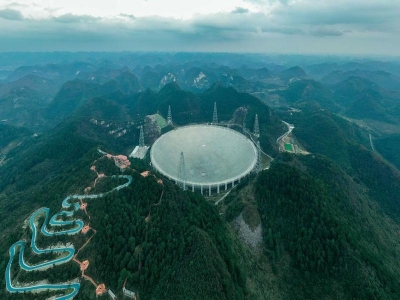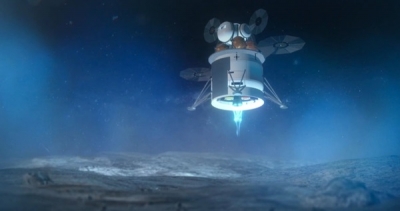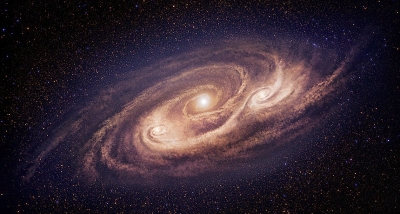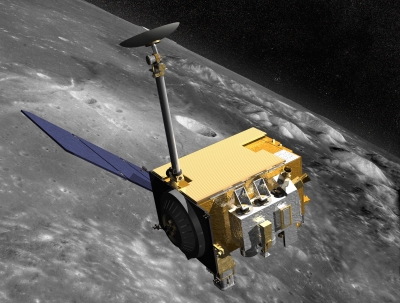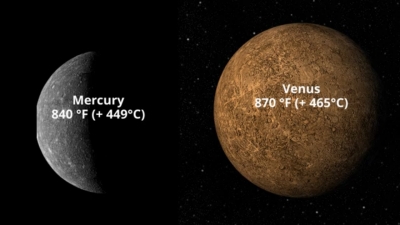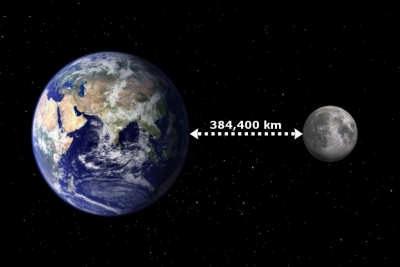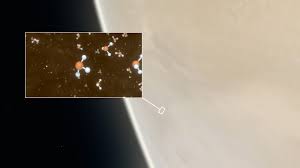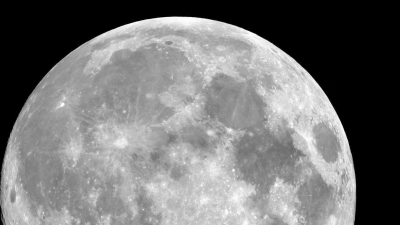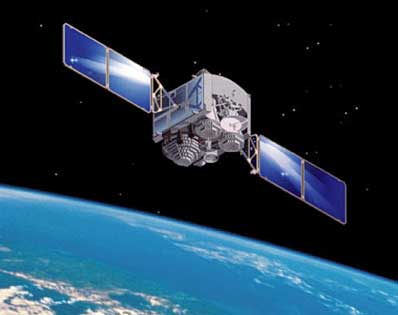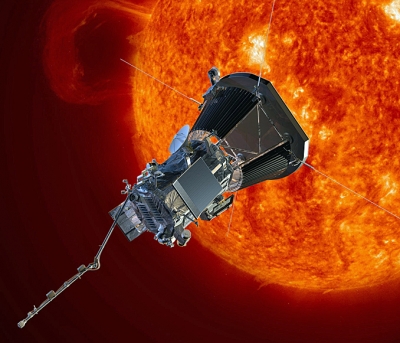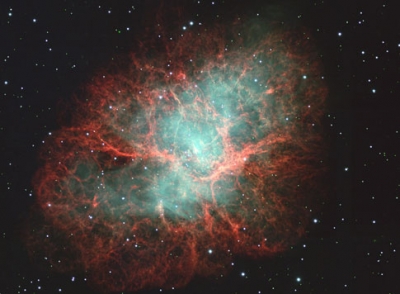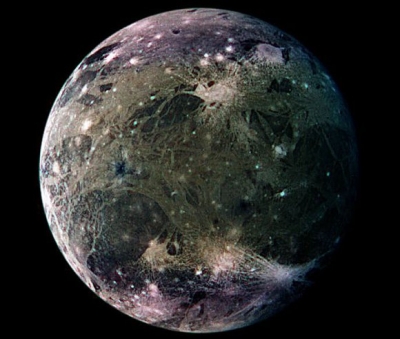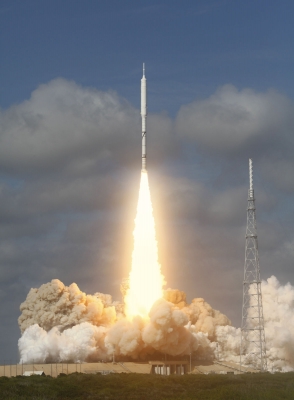An asteroid impact is believed to have contributed to the extinction of the dinosaurs. When did this happen?
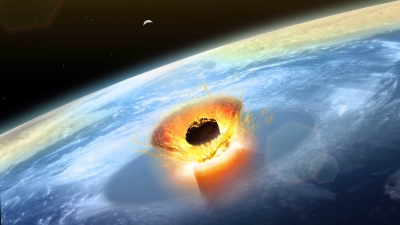
The dinosaur-killing crash threw huge amounts of debris into the air and caused massive tidal waves to wash over parts of the American continents. There is also evidence of substantial fires from that point in history.
For a long time it was thought that the non-bird dinosaurs died out 65 million years ago.
But Paul explains, 'The dating of those layers of clay around the world is very accurate - it's estimated to within a couple of thousands of years.
As originally proposed in 1980 by a team of scientists led by Luis Alvarez and his son Walter, it is now generally thought that the K–Pg extinction was caused by the impact of a massive comet or asteroid 10 to 15 km (6 to 9 mi) wide, 66 million years ago, which devastated the global environment, mainly through a lingering impact winter which halted photosynthesis in plants and plankton.
The blame can't solely rest on the asteroid. Prior to its crash landing, Earth was experiencing a period of climate change. This was making things harder for life on our planet.
In what is now central India, there was substantial volcanic activity that, although unrelated to the asteroid impact, was causing problems of its own. The resulting lava outcrop is now known as the Deccan Traps.
Paul says, 'For two million years there was a huge amount of volcanic activity going on, spewing gases into the atmosphere and having a major impact on global climate.
Picture Credit : Google
